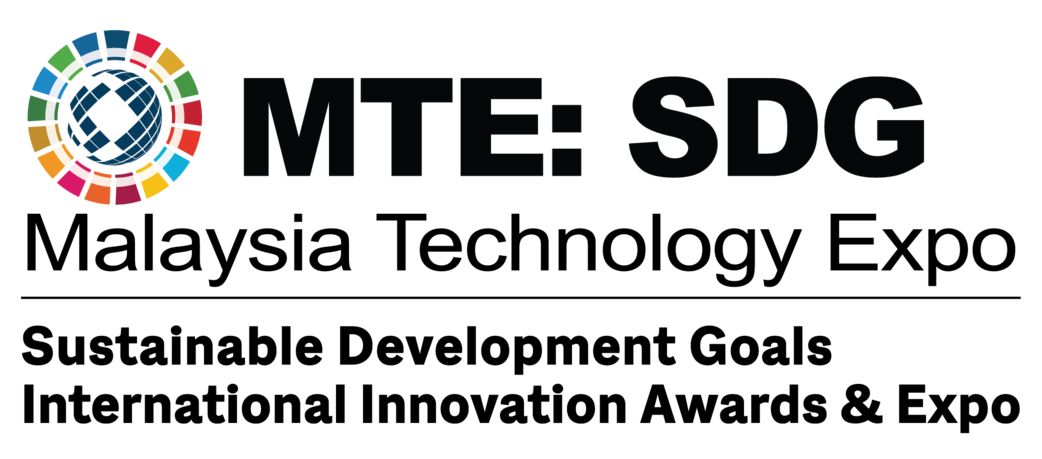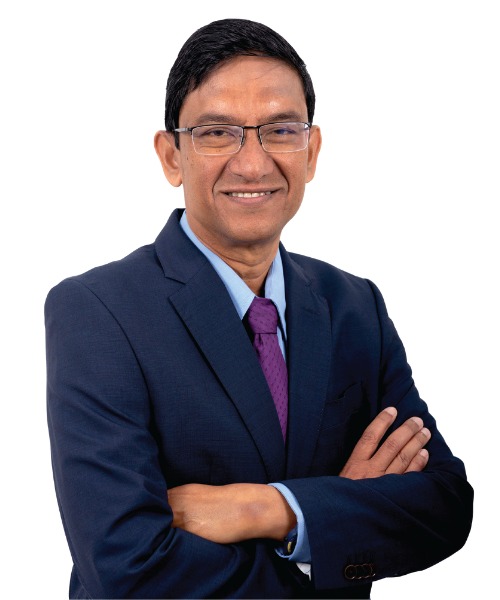Se-MAi (Smart Farming with Artificial Intelligence)
1. What inspired you to create this innovation, and what was the initial spark behind it?
The inspiration behind Se-MAi (Smart Farming with Artificial Intelligence) stemmed from the urgent need to tackle critical challenges faced by paddy farmers in Malaysia. Pests like the rice ear bug (Leptocorisa oratorius) and diseases such as rice blast (Magnaporthe oryzae) contribute to significant crop losses, threatening food security and placing a heavy financial and environmental burden on farmers due to excessive pesticide use.
The idea for Se-MAi was sparked by a vision to create a sustainable and innovative solution that goes beyond conventional farming methods. By leveraging cutting-edge technologies like Internet of Things (IoT) and Artificial Neural Networks (ANN), Se-MAi aims to revolutionize agriculture with a proactive approach. The system provides farmers with real-time insights and early warnings of pest infestations, enabling timely interventions that reduce crop losses, minimize chemical dependency, and protect natural ecosystems.
The project’s title, “Se-MAi,” is deeply rooted in the Kedahan dialect, where it translates to “Seeding”. The name was thoughtfully rebranded to emphasize the integration of Artificial Intelligence (AI) into farming, reflecting its modern approach to enhancing agricultural productivity. As part of the MTE SDG 2024 initiative, Se-MAi specifically targets pesticide control in rice fields, addressing pests like the Pianggang (rice ear bug). By utilizing IoT sensors to monitor environmental conditions such as temperature, humidity, rainfall, soil moisture, and air quality, alongside ANN models to predict pest activity with precision, the system empowers farmers with actionable, data-driven strategies.
Se-MAi represents more than a technological advancement, it is a commitment to sustainability, efficiency, and environmental health in agriculture. This innovation not only addresses pressing issues but also aligns with global efforts to build a resilient and sustainable food system, making it a transformative step for the future of farming.
2. How does your innovation directly contribute to global sustainability efforts?
Se-MAi directly contributes to several United Nations Sustainable Development Goals (SDGs) by addressing critical agricultural challenges through innovative, sustainable practices:
- SDG 2: Zero Hunger: By improving crop yields through early pest detection and targeted interventions, Se-MAi helps ensure food security for farmers and communities, reducing the risk of food shortages.
- SDG 6: Clean Water and Sanitation: Se-MAi minimizes chemical runoff into water systems by reducing pesticide use, preserving water quality, and supporting cleaner agricultural ecosystems.
- SDG 12: Responsible Consumption and Production: Through precision farming, Se-MAi optimizes pesticide applications, minimizing waste and environmental impact while promoting efficient resource use.
- SDG 13: Climate Action: By lowering chemical applications and fostering sustainable farming practices, Se-MAi enhances ecosystem resilience, reduces greenhouse gas emissions, and contributes to climate adaptation efforts.
By aligning with these SDGs, Se-MAi plays a pivotal role in promoting sustainability in agriculture, balancing the needs of productivity, environmental preservation, and community well-being.
3. How did you navigate the challenges you faced during the project’s development?
Se-MAi is currently in the ideation stage, and while we have yet to materialize the full project development, we anticipate several key challenges and have already outlined strategies to address them.
One major anticipated challenge is ensuring the accuracy of the predictive models. This will be tackled by leveraging localized data and training the Artificial Neural Network (ANN) with environmental factors specific to Malaysia’s paddy fields. By tailoring the models to local conditions, we aim to achieve high accuracy and reliability in pest and disease predictions.
Another challenge is gaining farmer buy-in for new technology. To address this, we plan to conduct focus groups with farmers and provide hands-on training during the pilot phase. This approach will build confidence in Se-MAi’s usability and benefits, encouraging adoption among farming communities.
Although the project is still at the conceptual stage, our proactive planning and collaborations with future stakeholders position Se-MAi to navigate these challenges effectively as it progresses into development and deployment.

4. What role does collaboration play in scaling your innovation for larger impact?
Collaboration is crucial for Se-MAi’s success. Partnerships with organizations like Malaysian Agricultural Research and Development Institute (MARDI), Northern Corridor Implementation Authority (NCIA), and Malaysia Communications and Multimedia Commission (MCMC) have been instrumental in accessing resources, technical expertise, and potential funding opportunities for scaling the innovation in the future. These collaborations provide a platform for refining and testing Se-MAi to meet the needs of different stakeholders effectively.
Additionally, engaging local farmers and stakeholders ensures that the system is tailored to their specific needs, improving its usability and adoption. By involving end-users early in the process, we build trust and ensure that the technology addresses real-world agricultural challenges.
For instance, under the Northern Corridor Economic Region (NCER) AgriNXT Northern Chapter initiative submission, we have discussed potential Proof of Concept (POC) opportunities with five (5) companies to advance Se-MAi’s ideation. These collaborations provide a pathway to demonstrate the system’s feasibility and scalability, further reinforcing its potential for large-scale impact in agriculture.
5. How do you see your innovation impacting communities or industries in the future?
Se-MAi has the potential to revolutionize agriculture, beginning with paddy farming and expanding to other key crops. By providing scalable, adaptable solutions, Se-MAi can address the unique challenges faced by farmers across different regions and agricultural contexts. This innovation will help farmers reduce crop losses caused by pests and diseases, improve yield quality, and enhance profitability, directly contributing to the economic empowerment of farming communities.
Beyond economic impact, Se-MAi promotes sustainable agricultural practices by reducing chemical dependency through targeted interventions. This not only lowers production costs but also mitigates environmental harm, fostering long-term ecological health. As more farmers adopt Se-MAi, it can drive widespread changes in the agricultural industry, encouraging a shift towards precision farming and data-driven decision-making.
In the future, Se-MAi’s applications could extend to underserved farming areas and diverse crops like maize, oil palm, and vegetables, broadening its impact across industries. By supporting sustainable and efficient agricultural practices, Se-MAi will play a key role in addressing food security challenges and fostering resilience in the face of climate change.
6. Are there plans for expanding the reach of your innovation to underserved areas?
Se-MAi is currently in the ideation stage, and while the full project development has yet to be realized, we have anticipated several key challenges and outlined strategies to address them proactively.
One significant anticipated challenge is ensuring the accuracy of the predictive models. To overcome this, we plan to leverage localized data and train the Artificial Neural Network (ANN) using environmental factors specific to Malaysia’s paddy fields. Tailoring the models to these local conditions is expected to ensure high accuracy and reliability in pest and disease predictions.
Another foreseeable challenge is gaining farmer buy-in for the new technology. To address this, we intend to conduct focus groups with farmers to understand their concerns and expectations. During the pilot phase, hands-on training sessions will be provided to build farmers’ confidence in using Se-MAi, showcasing its usability and tangible benefits for their agricultural practices.
While Se-MAi remains a conceptual innovation at this stage, our detailed planning, stakeholder engagement, and collaborative approach provide a strong foundation for navigating these challenges effectively as we transition into development and deployment.

Mohd Syairazi Bin Mohd Zikri
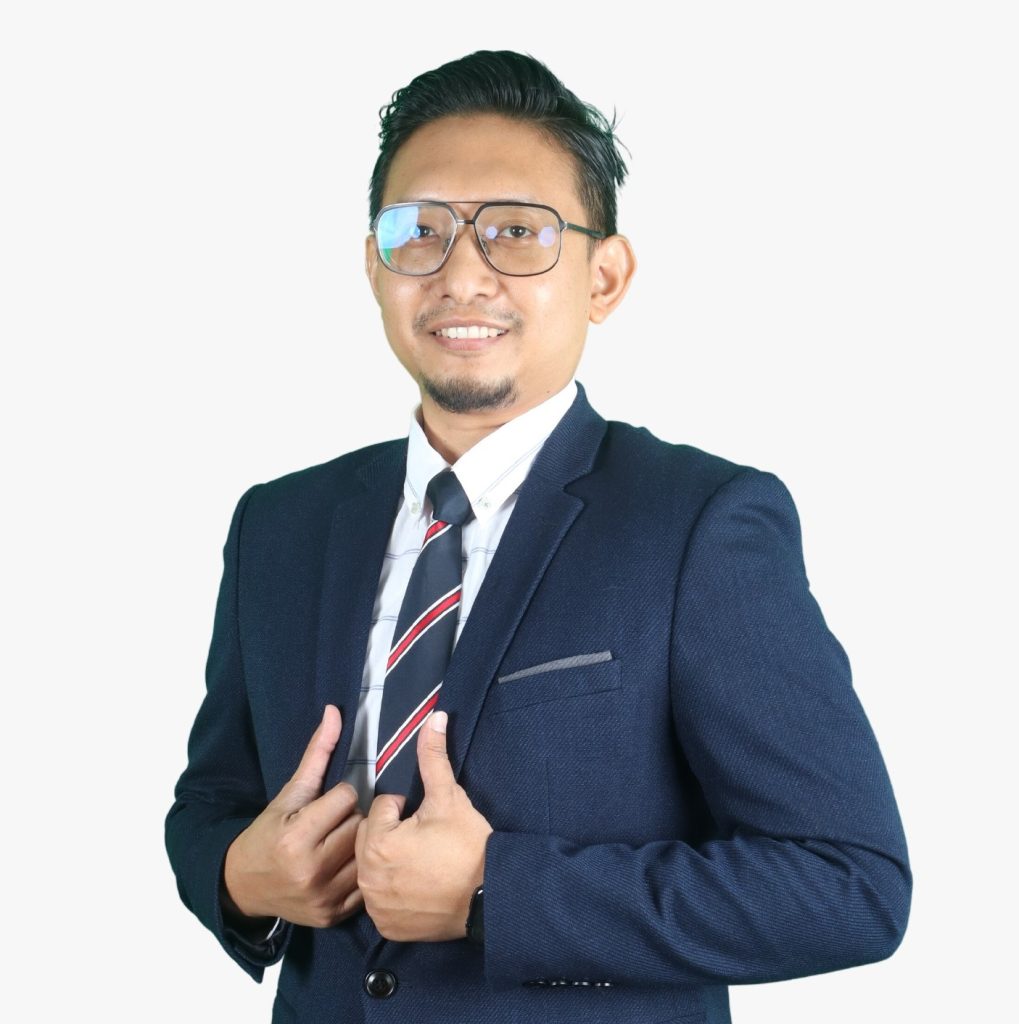
Mohamad Afiq Ammar Bin Tulos
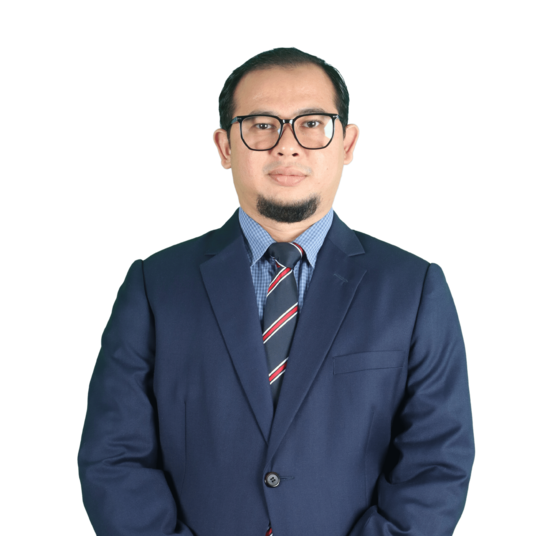
Muhammad Mahfuz Fahmi Bin Mahayuddin
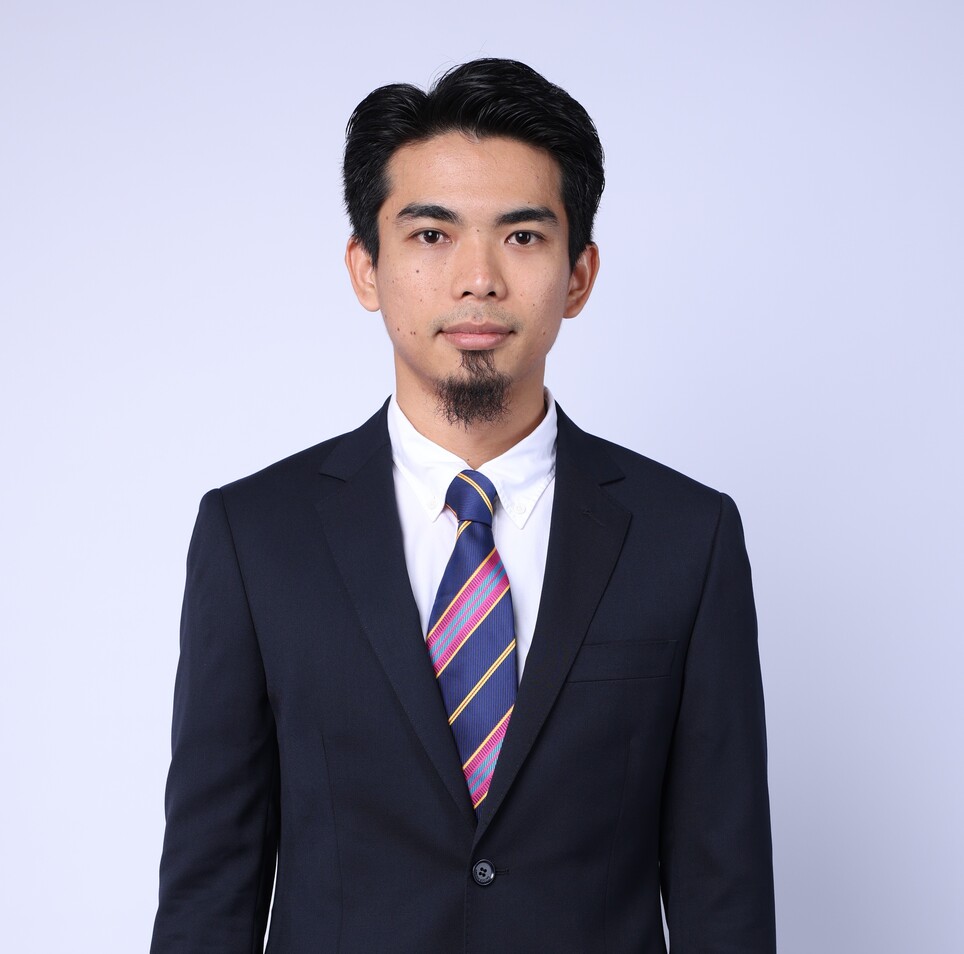
Nik Amir Bin Nik Husideen

Abdul Mu’izz Basyeer Bin Mohd Fauzi
7. What role do you think industry support plays in fostering sustainable solutions?
Industry support is critical for fostering innovations like Se-MAi, as it provides the foundation needed to transform concepts into impactful, scalable solutions. Financial backing from industry partners helps fund research, development, and pilot testing, while technical resources and expertise ensure that the technology is robust and reliable.
Collaborations with agricultural and technology sectors play a pivotal role in ensuring that sustainable solutions are not only developed but also widely implemented. Industry partnerships facilitate knowledge exchange, enabling innovations like Se-MAi to integrate the latest advancements in IoT, AI, and farming practices. Moreover, industry support enhances credibility, encouraging broader adoption among farmers and stakeholders.
For example, our intent for future potential partnerships with organizations like MARDI, NCER, and MCMC has been instrumental in providing guidance and resources for Se-MAi. Additionally, discussions with companies aim for opportunities for Proof of Concept (POC) collaborations, ensuring that the innovation is practical, scalable, and impactful.
In summary, industry support not only accelerates the development process but also ensures long-term sustainability and widespread adoption, enabling solutions like Se-MAi to create meaningful changes in agriculture.
8. How has the MTE platform helped in promoting your innovation?
The MTE platform has been instrumental in showcasing Se-MAi to a diverse and influential audience, including industry leaders, policymakers, researchers, and potential collaborators. By providing a platform to present our innovation, MTE has helped highlight Se-MAi’s potential to revolutionize pest and disease management in agriculture through sustainable, data-driven solutions.
Winning the Outstanding Innovation Award and the Gold Award at the MTE 2024 Sustainable Development Goals International Innovation Award has significantly elevated Se-MAi’s visibility and credibility. These accolades not only validate the impact and relevance of our work but also open doors to new partnerships, funding opportunities, and scaling initiatives.
Furthermore, the recognition from MTE has amplified our ability to engage with key stakeholders and gain their trust, paving the way for collaborations that will help bring Se-MAi from ideation to implementation. This exposure has been vital in reinforcing the importance of sustainable agriculture and positioning Se-MAi as a pioneering solution in the field.
9. What advice would you give to other innovators working towards sustainability solutions?
Stay committed to your vision, but always remain adaptable to feedback and challenges. Sustainability innovation often requires navigating a complex landscape of technical, social, and financial obstacles. Collaboration with diverse stakeholders whether industry leaders, policymakers, or end-users can provide valuable insights that refine your solution and enhance its impact.
Persistence is essential, especially when addressing sustainability challenges that may require significant time and effort to show results. Focus on aligning your innovation with real-world needs by engaging with communities or industries directly impacted by the issue. Understanding their challenges and tailoring your solution accordingly will increase its relevance and adoption.
Finally, prioritize long-term impacts over short-term gains. Sustainability solutions should be designed not just to address immediate problems but to create lasting benefits for people, the environment, and future generations. Innovation is a journey, and by staying adaptable, collaborative, and impact-driven, you can create meaningful, enduring change.
10. Looking back on your journey, is there anything you would have done differently?
While the development of Se-MAi has been a rewarding and insightful journey, one area for improvement would have been to initiate pilot tests earlier in the process. Conducting these tests at an earlier stage would have allowed us to collect real-world feedback sooner, providing valuable insights into the system’s usability, effectiveness, and areas for refinement.
Early pilot testing could have helped identify challenges related to environmental data collection, farmer adoption, and predictive model accuracy, enabling us to address these issues proactively. Additionally, it would have expedited the refinement process, accelerating the overall timeline for system development and deployment.
Looking back, prioritizing early collaboration with farmers and stakeholders through small-scale testing phases could have further strengthened the innovation by aligning it even more closely with end-user needs. Nevertheless, these reflections offer valuable lessons that we will carry forward as Se-MAi progresses toward full-scale implementation.
Innovators:
Muhammad Mahfuz Fahmi Bin Mahayuddin,
Abdul Mu’izz Basyeer Bin Mohd Fauzi,
Mohamad Afiq Ammar Bin Tulos,
Nik Amir Bin Nik Husideen,
Mohd Syairazi Bin Mohd Zikri
Supervisor: Associate Professor Dr. Yeo Sook Fern
Organization Name: Multimedia University (MMU)
Email: yeo.sook.fern@mmu.edu.my
